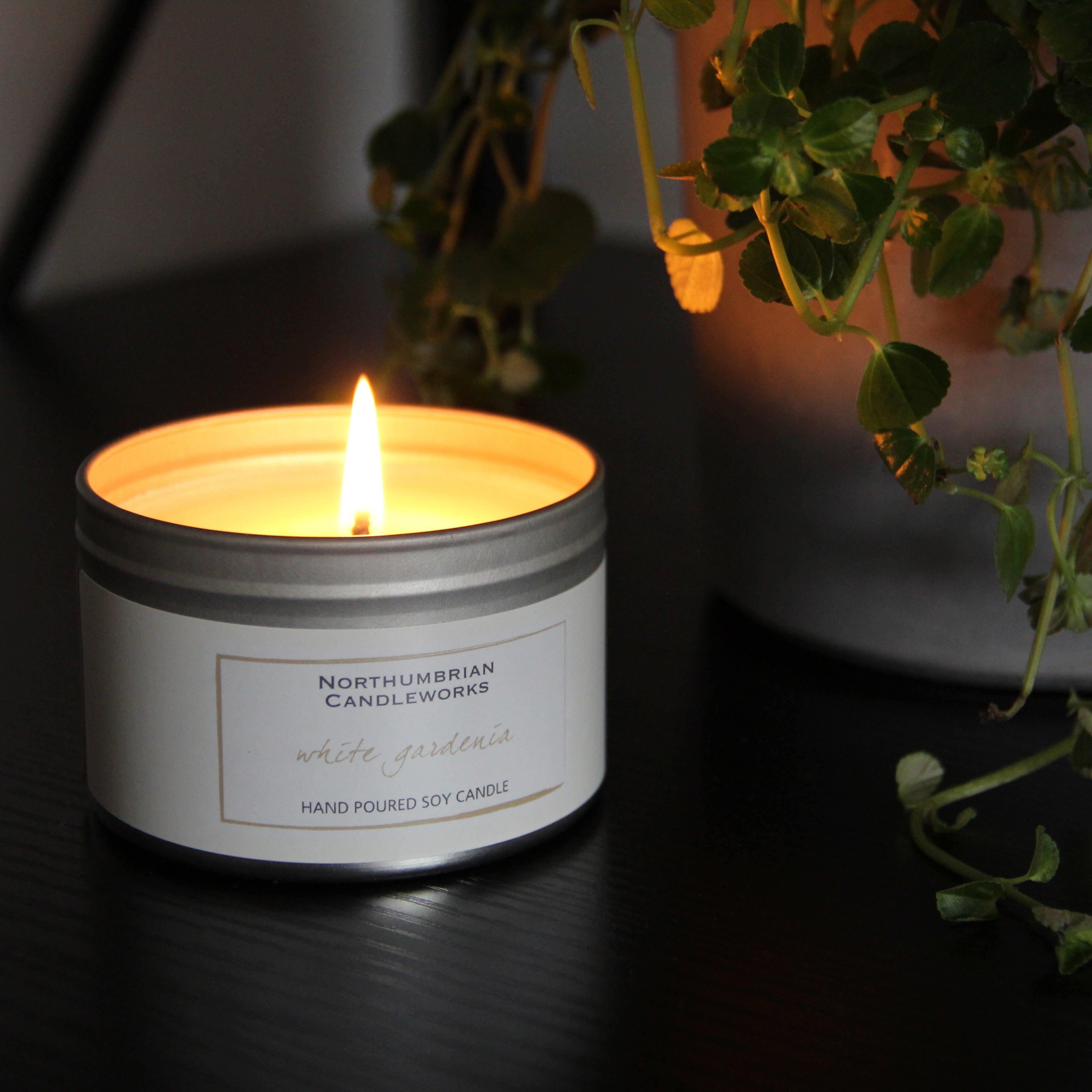Boost Your Space with Costs Soy Wax Candles and Home Fragrance
Boost Your Space with Costs Soy Wax Candles and Home Fragrance
Blog Article
From Wick to Wax: Understanding the Chemistry Behind Soy Wax Candles and Their Environmental Effect
As we illuminate our spaces with the cozy glow of candles, there lies a realm of complex chemistry behind the seemingly simple act of lighting a soy wax candle light. The option in between soy and paraffin wax expands past mere appearances, delving into the world of ecological influence and the extremely structure of the materials. Understanding the molecular structure of soy wax and its combustion process clarifies the exhausts released into our environments. Join us as we unravel the clinical intricacies behind soy wax candle lights and explore their effects on our environment.
Soy Wax Vs. Paraffin Wax
When contrasting soy wax and paraffin wax for candle making, it is important to understand the distinct attributes and advantages of each material. Soy wax is an all-natural, sustainable source stemmed from soybean oil, making it biodegradable and green - home fragrance. On the other hand, paraffin wax is a result of oil refining, which elevates issues regarding its ecological influence and sustainability
Soy wax candles shed cleaner and emit much less residue compared to paraffin wax candle lights, making them a healthier selection for interior air quality. In addition, soy wax has a reduced melting factor, permitting for a longer-lasting candle light that distributes fragrance better. Paraffin wax, on the other hand, often tends to shed faster and less easily, possibly launching damaging chemicals right into the air.
From a sustainability perspective, soy wax is preferred for its biodegradability and sustainable sourcing, lining up with the expanding consumer preference for ecologically mindful products. While paraffin wax has actually been a traditional selection in candle light making as a result of its cost and simplicity of use, the change towards environmentally friendly alternatives like soy wax is obtaining energy in the industry.
Chemical Make-up of Soy Wax

Combustion Refine in Soy Candles
The chemical structure of soy wax straight affects the burning procedure in soy candles, affecting variables such as burn time, fragrance launch, and ecological influence. When a soy candle light is lit, the warmth from the fire melts the wax near the wick.
The burning performance of soy candle lights is affected by the purity of the soy wax click to investigate and the high quality of the wick. A clean-burning soy candle with a properly sized wick will certainly lessen and produce a steady fire soot development. This not just extends the burn time of the candle light however also enhances the launch of fragrances. In addition, soy wax candle lights have a reduced ecological effect compared to paraffin candle lights due to their naturally degradable and sustainable nature.

Environmental Advantages of Soy Wax

Taken into consideration a lasting option to typical paraffin wax, soy wax offers notable environmental benefits that make it a popular option among eco-conscious consumers. One substantial benefit of soy wax is its renewable sourcing. Soy wax is published here originated from soybean oil, which is predominantly grown in the USA. The farming of soybeans helps sustain regional farmers and minimizes the reliance on non-renewable fossil gas utilized in paraffin wax production. Additionally, soy wax is biodegradable, implying it breaks down normally without launching unsafe toxic substances into the environment. This particular makes soy wax candles a much more eco-friendly alternative compared to paraffin wax candle lights, which are made from petroleum, a non-renewable resource. In addition, soy wax burns cleaner and creates less soot than paraffin wax, adding to much better indoor air high quality and reducing the demand for cleansing and upkeep. Overall, the ecological advantages of soy wax align with the expanding demand for lasting and eco-friendly products on the market.
Recycling and Disposal Factors To Consider
Recycling and appropriate disposal of soy wax candle lights play an essential duty in keeping environmental sustainability and lowering waste in neighborhoods and households. When it comes to reusing soy wax candles, the initial action is to make certain that the candle has actually shed totally.

In regards to disposal, if recycling is not an alternative, soy wax candle lights are biodegradable and can be safely disposed of in the majority of family waste systems. It is constantly advised to check with regional reusing facilities or waste management services for details standards on candle disposal to guarantee proper handling and environmental defense.
Final Thought
In conclusion, the chemistry behind soy wax candles reveals their environmental benefits over paraffin wax candle lights. Soy wax, originated from soybean oil, burns cleaner and generates much less residue when compared to paraffin wax. The combustion process in soy candle home lights is a lot more reliable, causing a longer and much more even melt. Furthermore, soy wax is naturally degradable and sustainable, making it a more lasting choice for candle light production. Recycling and proper disposal of soy wax candles better add to their ecological impact.
When contrasting soy wax and paraffin wax for candle light production, it is crucial to recognize the distinctive attributes and benefits of each material (soy candles).Soy wax candles shed cleaner and send out much less soot compared to paraffin wax candles, making them a much healthier selection for indoor air quality.Thought about a sustainable alternative to standard paraffin wax, soy wax offers significant ecological advantages that make it a preferred choice among eco-conscious customers. Soy wax burns cleaner and creates much less residue than paraffin wax, contributing to much better indoor air top quality and decreasing the demand for cleansing and upkeep.In final thought, the chemistry behind soy wax candle lights exposes their environmental benefits over paraffin wax candles
Report this page